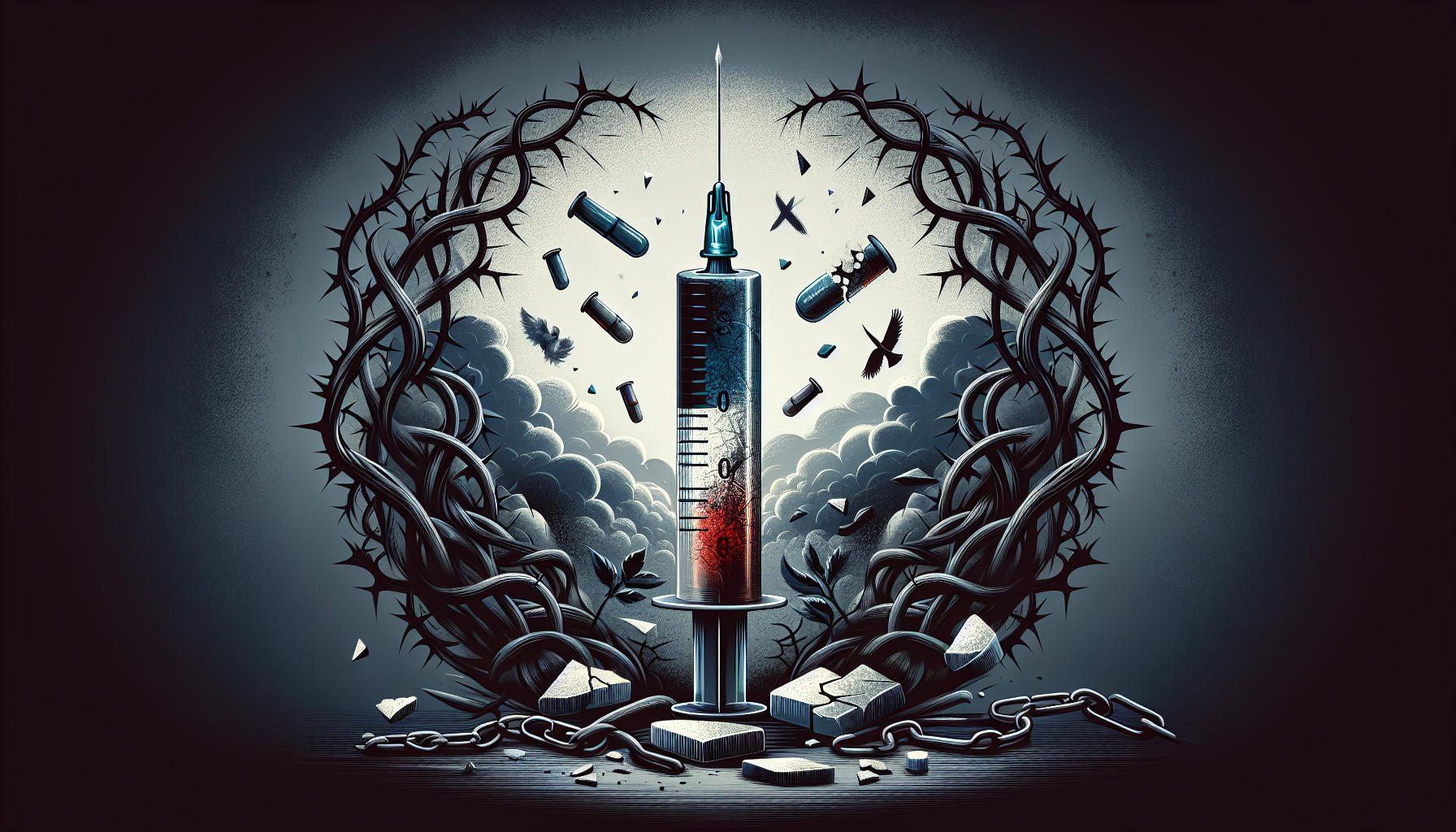August 27, 2024
Drugs Behind America's Overdose Deaths
Explore the harsh reality of overdose deaths and discover which drugs are to blame.
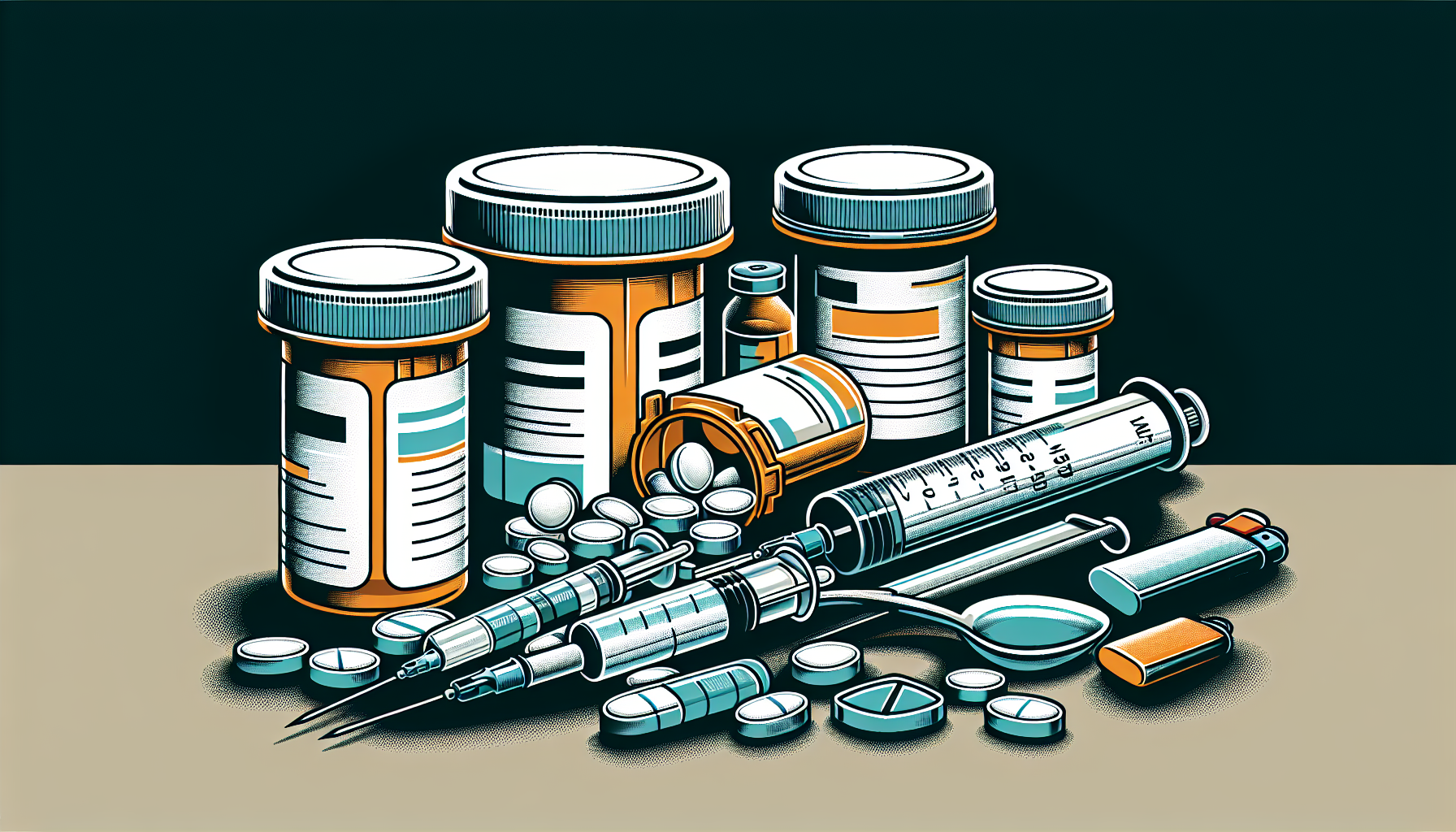
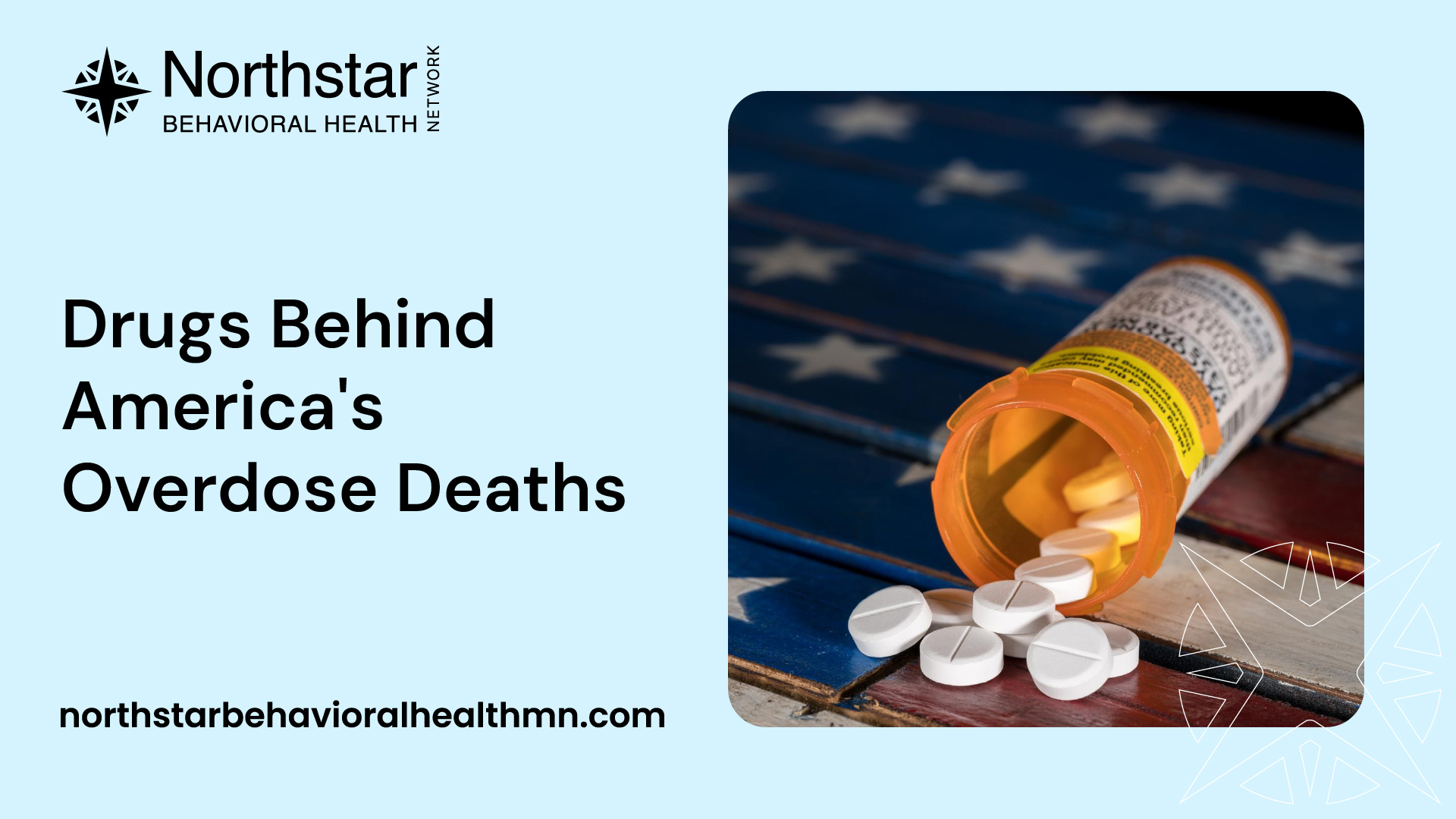
The Reality of Drug Overdose Deaths
Drug overdose deaths have become a harsh reality in America, with devastating consequences for individuals, families, and communities. Understanding the impact of these deaths and identifying the drugs responsible is crucial in addressing this public health crisis.
Understanding the Impact of Drug Overdose Deaths
Drug overdose deaths have reached alarming levels in the United States, resulting in a significant loss of lives. The impact of these deaths goes beyond the individual affected, as it affects families, friends, and society as a whole. Each overdose death represents a tragic loss and a missed opportunity for recovery.
To grasp the magnitude of this issue, let's consider the statistics. According to the Centers for Disease Control and Prevention (CDC), in recent years, drug overdose deaths have been steadily increasing. In [insert year], there were [insert number] drug overdose deaths in the United States alone. This staggering number highlights the urgent need for effective prevention and intervention strategies.
Importance of Identifying America's Killer Drugs
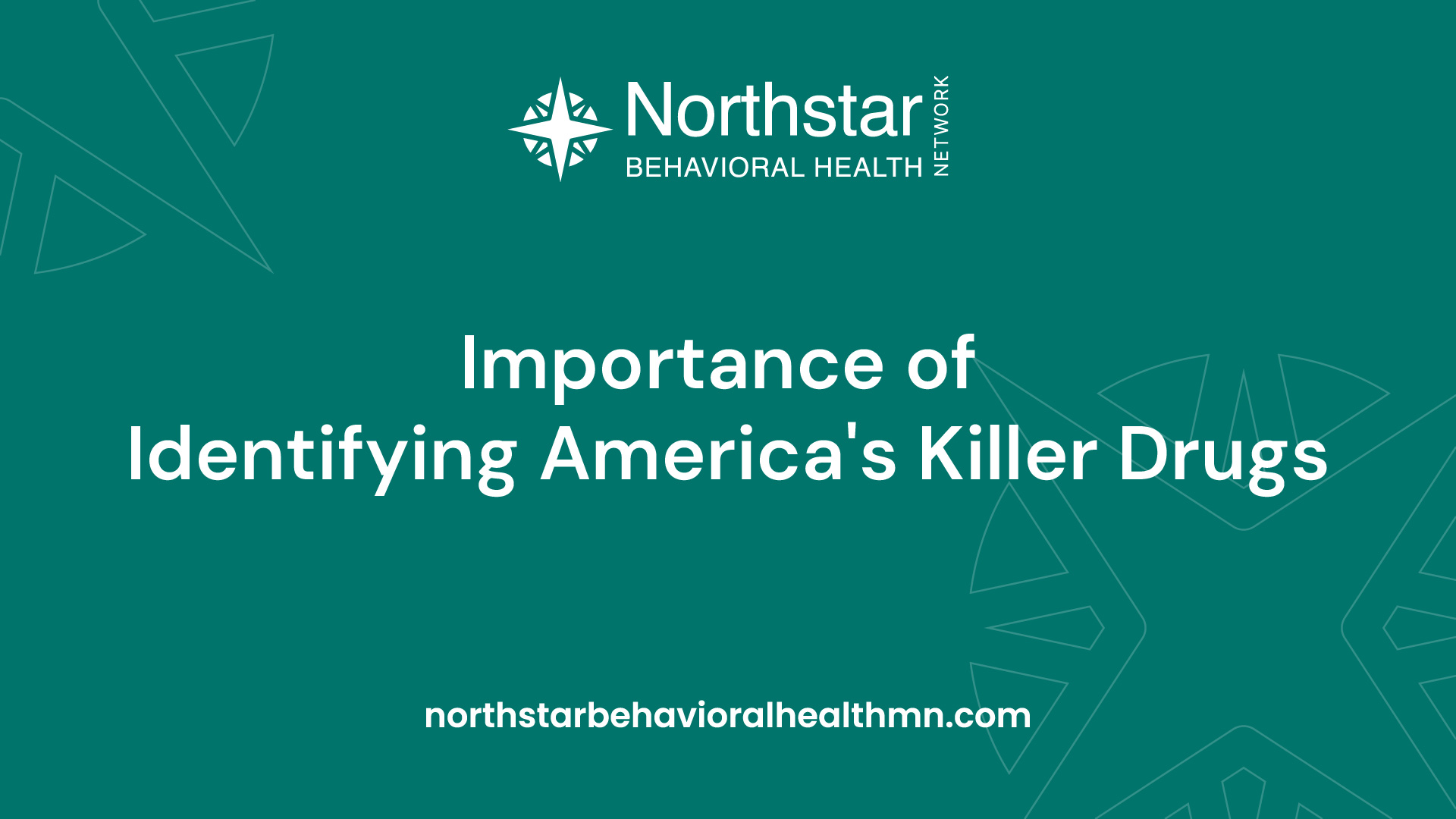
Identifying the drugs responsible for the majority of overdose deaths is essential in order to prioritize prevention efforts and allocate resources effectively. By understanding which substances are causing the most harm, policymakers, healthcare professionals, and communities can develop targeted interventions and support systems.
While multiple drugs contribute to overdose deaths, some substances have emerged as particularly concerning. These "killer drugs" are responsible for a significant portion of overdose fatalities. By focusing on these substances, it becomes possible to implement tailored prevention strategies and provide targeted support to those at highest risk.
To shed light on which drugs cause the most overdose deaths, it is important to examine the data and trends. The CDC and other organizations continuously monitor drug overdose statistics, identifying substances that play a major role in fatalities. This information serves as a foundation for public health initiatives and education campaigns.
By raising awareness about the impact of drug overdose deaths and identifying the killer drugs, we can work towards reducing the devastating toll of this crisis. It is through collective efforts, education, prevention, and support that we can make progress in addressing drug overdose deaths and providing hope for individuals struggling with addiction.
Opioids: The Silent Epidemic
Opioid abuse has become a silent epidemic in America, contributing to a significant number of overdose deaths. To understand the impact of these drugs on society, it is essential to have an overview of opioids and recognize their role in overdose deaths.
Overview of Opioids
Opioids are a class of drugs that include both prescription painkillers and illegal substances such as heroin. These drugs are commonly used to manage severe pain but can also produce a euphoric effect, leading to misuse and addiction. Opioids work by binding to specific receptors in the brain and spinal cord, reducing the perception of pain.
Prescription opioids, such as oxycodone, hydrocodone, and fentanyl, are often prescribed by healthcare professionals to treat acute or chronic pain. However, the misuse of these medications has become a significant concern, with individuals using them for non-medical purposes or taking higher doses than prescribed.
On the other hand, heroin, an illegal opioid, is derived from morphine and has no accepted medical use. It is typically injected, snorted, or smoked. Heroin has gained popularity due to its affordability and intense euphoric effects. Unfortunately, the use of heroin often leads to a dangerous cycle of addiction and is a major contributor to overdose deaths.
The Role of Opioids in Overdose Deaths
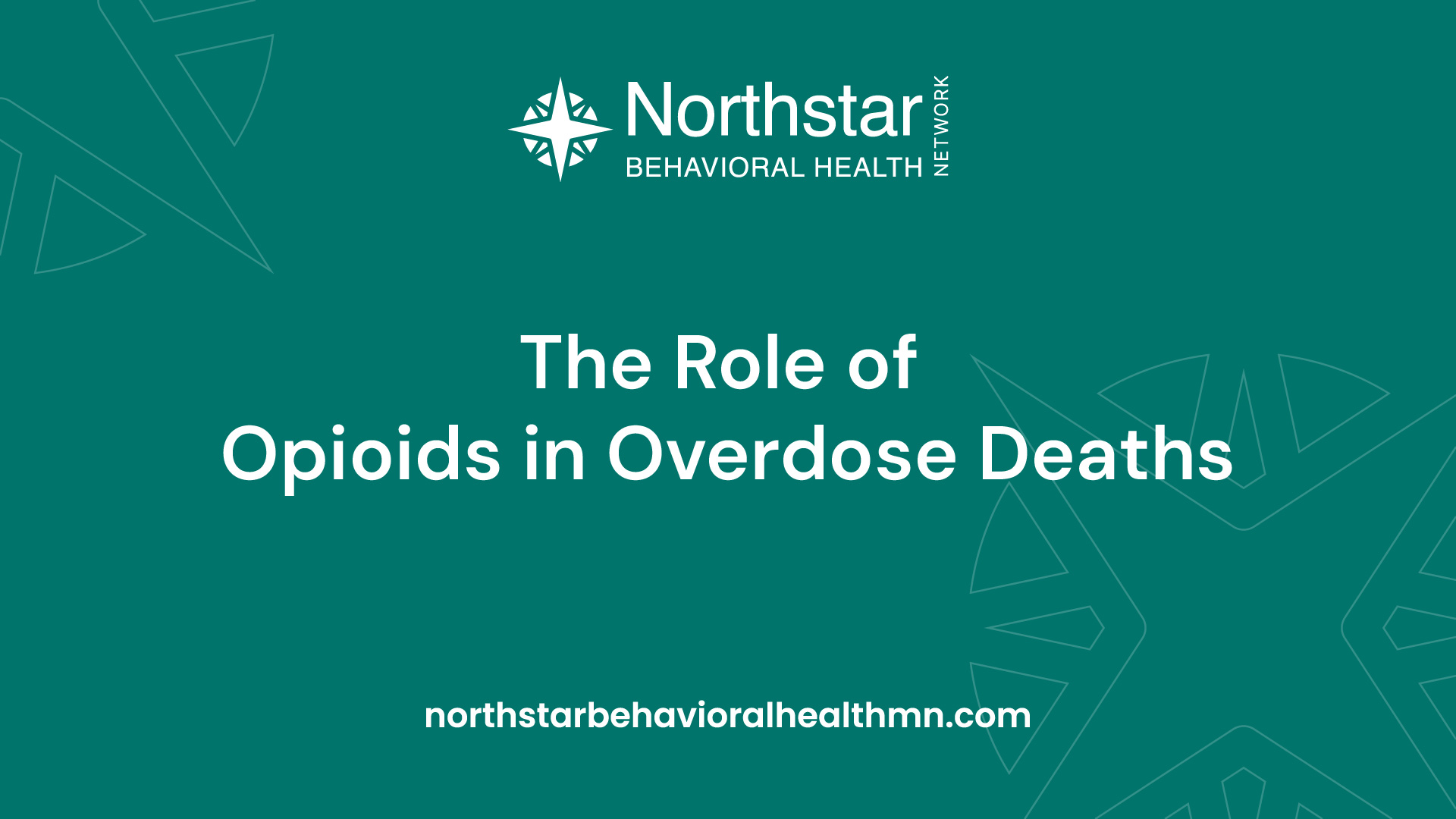
Opioids are responsible for a staggering number of overdose deaths in America. According to the Centers for Disease Control and Prevention (CDC), in 2019, approximately 70% of all drug overdose deaths involved opioids. This equates to more than 49,000 lives lost.
The misuse of prescription opioids plays a significant role in these overdose deaths. Individuals who misuse prescription opioids may take higher doses, combine them with other substances, or use them in ways not intended by healthcare professionals. These behaviors increase the risk of overdose and can have severe consequences.
Additionally, the rise in illicitly manufactured synthetic opioids, such as fentanyl, has further exacerbated the opioid crisis. Fentanyl is a potent synthetic opioid that is often mixed with other drugs, such as heroin, without the user's knowledge. Its high potency increases the risk of overdose, as even a small amount can be lethal.
It is crucial to address the opioid epidemic by implementing strategies for prevention and support. Education about the risks and dangers of opioids, proper prescription practices, and access to effective treatment options are essential in combating overdose deaths. If you or someone you know is struggling with opioid addiction, seeking help and resources is vital. Visit our article on five tips to support your loved one in recovery for guidance on how to offer support during the recovery process.
Synthetic Drugs: A Deadly Trend
Synthetic drugs have emerged as a concerning trend in the landscape of drug overdose deaths. These substances, also known as designer drugs or street drugs, are chemically engineered to mimic the effects of illicit drugs. They are often created in clandestine laboratories and marketed as legal alternatives to well-known drugs. In this section, we will provide an introduction to synthetic drugs and explore their contribution to overdose deaths.
Introduction to Synthetic Drugs
Synthetic drugs encompass a wide range of substances, including synthetic cannabinoids (often referred to as "fake weed" or "spice"), synthetic cathinones (commonly known as "bath salts"), and synthetic opioids. What makes these drugs particularly dangerous is the ever-evolving nature of their chemical composition.
Manufacturers frequently alter the chemical structure of these substances to bypass legal regulations, making it difficult for authorities to keep up with the constantly changing formulas.
Synthetic drugs are typically sold as powders, pills, or liquids, and they are often marketed under various brand names. They are easily accessible, as they can be purchased online, in head shops, or even on the street. However, despite being labeled as "legal," these drugs can have devastating effects on individuals who use them.
How Synthetic Drugs Contribute to Overdose Deaths
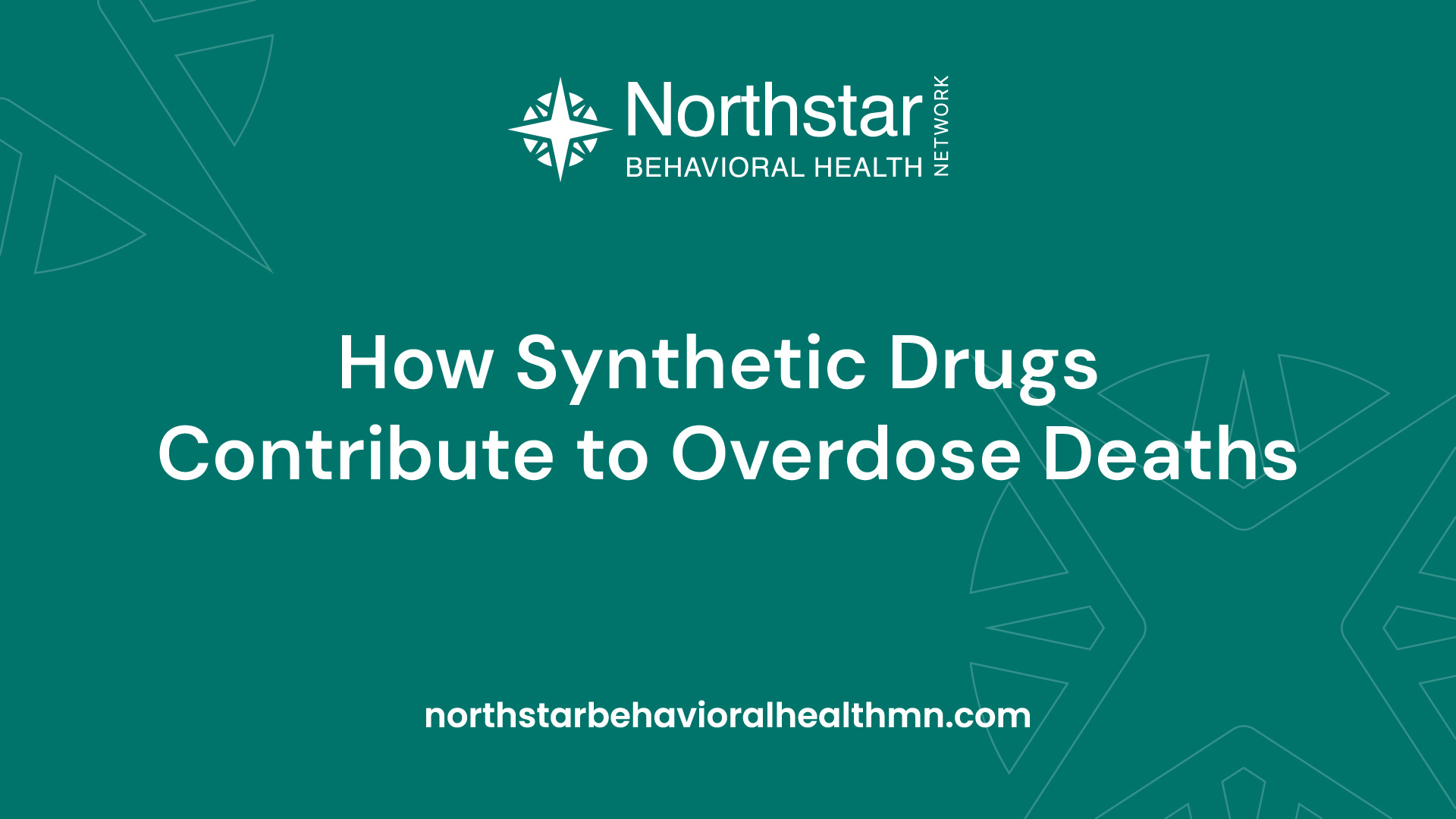
The unpredictable nature of synthetic drugs makes them a significant contributor to drug overdose deaths. Since manufacturers frequently alter the chemical composition of these substances, users cannot be certain of the potency or the potential side effects they may experience. This lack of consistency, coupled with the desire to achieve a desired high, can lead individuals to consume dangerous amounts of these substances, putting themselves at a higher risk of overdose.
Moreover, synthetic drugs often contain unknown and potentially harmful substances. The lack of quality control and regulation in their production means that users may unknowingly consume a combination of toxic chemicals, leading to severe health complications and, in some cases, fatal overdoses.
To further complicate matters, synthetic opioids, such as fentanyl analogs, have become a significant concern in recent years. These synthetic opioids are many times more potent than heroin and other traditional opioids. Even a small amount of these substances can lead to a fatal overdose. The rising presence of fentanyl and its analogs in the illicit drug market has contributed to a sharp increase in overdose deaths.
It is crucial to educate individuals about the dangers of synthetic drugs and raise awareness about the risks associated with their use. Understanding the potential dangers and staying informed about the latest trends in synthetic drugs can help individuals make informed decisions, avoid these substances, and ultimately reduce the number of overdose deaths.
In the next section, we will explore another category of drugs that has been driving overdose rates in the United States: stimulants. Stay tuned to learn more about their impact on overdose rates and the dangers they pose.
Stimulants: The Rising Threat
Stimulant drugs have become a growing concern in the realm of drug overdose deaths. This section delves into the exploration of stimulant drugs and highlights their impact on overdose rates.
Exploring Stimulant Drugs
Stimulant drugs are substances that increase alertness, attention, and energy levels. They produce a sense of euphoria and can enhance focus and productivity. However, the misuse and abuse of stimulant drugs can have severe consequences.
Common stimulant drugs include amphetamines, cocaine, and methamphetamine. These drugs stimulate the central nervous system, leading to increased heart rate, blood pressure, and energy levels. While they may have legitimate medical uses, such as treating attention deficit hyperactivity disorder (ADHD) or narcolepsy, their misuse and illicit use pose significant risks.
Impact of Stimulants on Overdose Rates
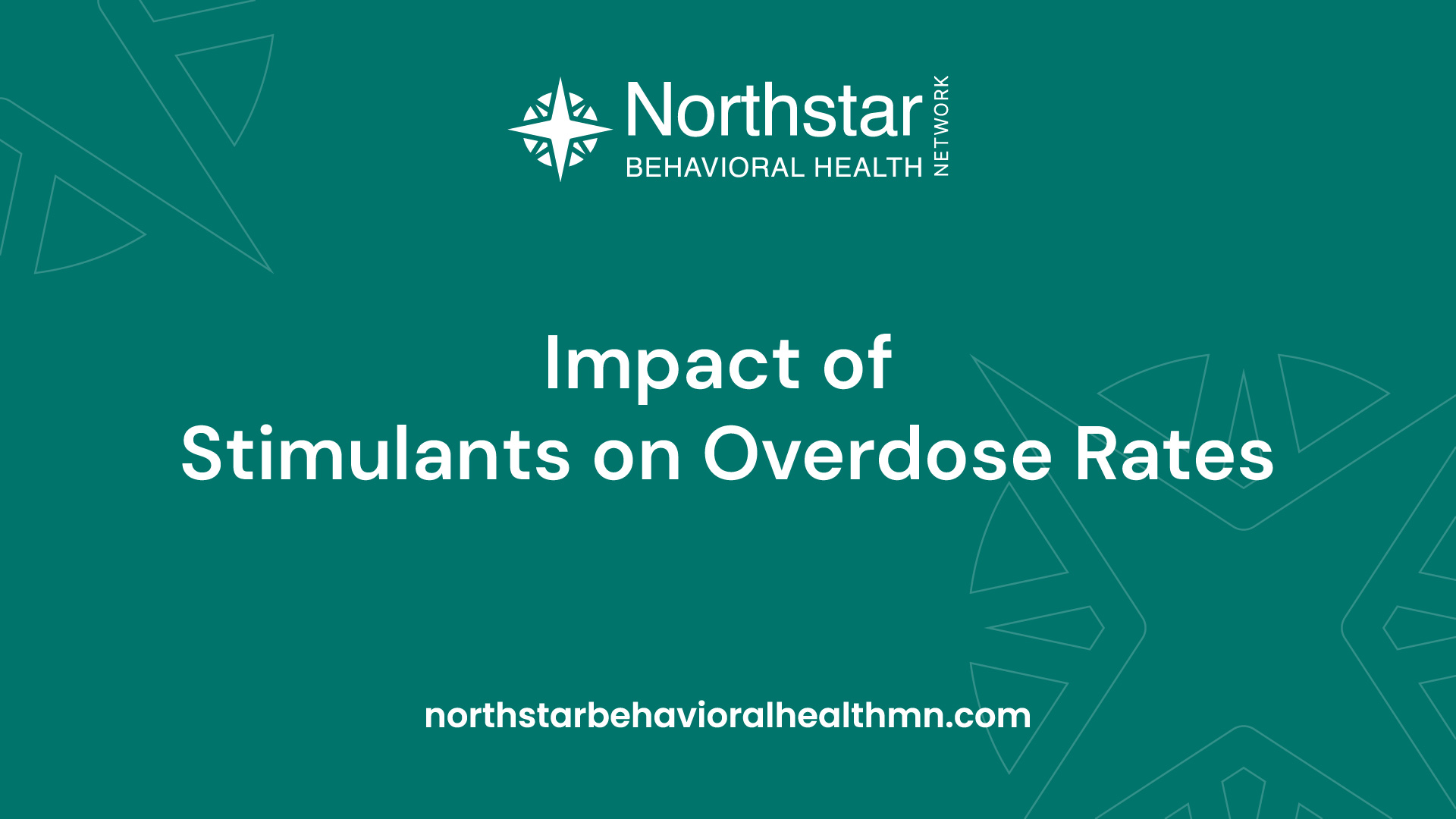
Stimulant drugs have been linked to a rise in overdose rates in recent years. According to data from the Centers for Disease Control and Prevention (CDC), overdose deaths involving stimulants have been steadily increasing.
The significant increase in overdose deaths involving stimulants underscores the urgent need for awareness, prevention, and support. It is crucial for individuals to understand the risks associated with stimulant drug use and to seek help if they or someone they know is struggling with addiction.
If you suspect that your loved one may be abusing stimulant drugs, it is essential to approach the situation with empathy and understanding. Open communication, education about the dangers of these substances, and providing resources for treatment and support can make a significant impact on their recovery journey. For more information on supporting a loved one in recovery, check out our article on five tips to support your loved one in recovery.
Prevention and early intervention are key in addressing the rising threat of stimulant overdose deaths. By increasing awareness, promoting education, and fostering a supportive environment, we can work together to combat the devastating consequences of stimulant drug misuse and save lives.
Sedatives and Tranquilizers: The Quiet Danger
In the realm of drug overdose deaths, sedatives and tranquilizers pose a significant and often underestimated danger. Understanding these substances and their associated risks is crucial in addressing America's overdose crisis.
Understanding Sedatives and Tranquilizers
Sedatives and tranquilizers are a class of drugs that depress the central nervous system, inducing a calming effect. They are commonly prescribed to manage anxiety, insomnia, and certain medical conditions. These medications work by enhancing the activity of a neurotransmitter called gamma-aminobutyric acid (GABA), which helps to regulate brain activity.
Common sedatives and tranquilizers include benzodiazepines, barbiturates, and sleep medications. Benzodiazepines, such as Xanax and Valium, are widely prescribed for anxiety disorders, while barbiturates like phenobarbital are primarily used in the treatment of seizures. Sleep medications, such as Ambien and Lunesta, are prescribed to address sleep disorders.
While these medications can provide therapeutic benefits when used as prescribed, they also carry a risk of misuse and addiction. Some individuals may develop a dependence on sedatives and tranquilizers, leading to increased tolerance and the need for higher doses to achieve the desired effects. This can further escalate into addiction, with individuals seeking to obtain these drugs through illegal means.
Risks Associated with Sedative Overdoses
The misuse or abuse of sedatives and tranquilizers can have severe consequences, including overdose and death. These drugs have a depressant effect on the central nervous system, which can slow down vital functions such as breathing and heart rate. When taken in excessive amounts or combined with other substances like alcohol or opioids, the risk of overdose significantly increases.
According to data from the Centers for Disease Control and Prevention (CDC), sedatives and tranquilizers are responsible for a significant number of overdose deaths in the United States. However, due to the overshadowing presence of opioids in the media and public discourse, the dangers of sedative overdoses often go unnoticed.
To address the quiet danger of sedatives and tranquilizers, it's important to promote awareness and education. This includes understanding the signs of sedative misuse, such as drowsiness, confusion, and impaired coordination. If you suspect someone may be struggling with sedative addiction or misuse, it's crucial to encourage them to seek help from a healthcare professional or addiction specialist.
Supporting individuals in recovery from sedative addiction requires compassion, patience, and access to appropriate treatment resources. Our article on five tips to support your loved one in recovery offers practical guidance on how to provide support during the recovery process.
By shedding light on the risks associated with sedatives and tranquilizers, we can work towards a comprehensive approach to combating overdose deaths in America. It is essential to recognize the quiet danger these drugs pose and ensure that individuals struggling with sedative addiction receive the support and resources they need to overcome this challenge.
Combating Overdose Deaths
In the face of the devastating impact of drug overdose deaths, it is crucial to implement strategies for prevention and support. By taking proactive measures and seeking the right resources, we can make a significant difference in combating this crisis.
Strategies for Prevention and Support
- Education and Awareness: One of the most effective ways to prevent drug overdose deaths is through education and raising awareness. By providing accurate information about the risks and consequences of drug use, individuals can make informed decisions and avoid falling into the trap of addiction. Educational programs, community initiatives, and open conversations about substance abuse can contribute to prevention efforts.
- Access to Treatment: Ensuring accessible and affordable treatment options is essential for individuals struggling with addiction. This includes a range of services such as detoxification, counseling, medication-assisted treatment, and support groups. By offering comprehensive treatment options, individuals can receive the necessary support to overcome addiction and reduce the risk of overdose.
- Harm Reduction Strategies: Harm reduction approaches aim to minimize the negative consequences associated with drug use. These strategies include the distribution of clean needles, naloxone training and access, safe injection sites, and drug checking services. By implementing these harm reduction measures, we can save lives and provide support to individuals while they navigate their journey towards recovery.
- Supportive Environments: Creating supportive environments for individuals in recovery is crucial for their long-term success. This involves reducing stigma surrounding addiction, promoting understanding, and offering non-judgmental support. Through community engagement, peer support programs, and supporting addicted parents, we can foster an inclusive and compassionate society that empowers individuals to seek help and maintain their recovery.
Seeking Help and Resources
If you or someone you know is struggling with addiction, it's important to seek help and access the available resources. There are numerous organizations and helplines that provide assistance and guidance to individuals in need. Some of these resources include:
Remember, overcoming addiction is a challenging but achievable journey. By reaching out for help, utilizing available resources, and implementing prevention strategies, we can work together to combat drug overdose deaths and create a society that supports individuals on their path to recovery.

.jpg)




.jpg)
